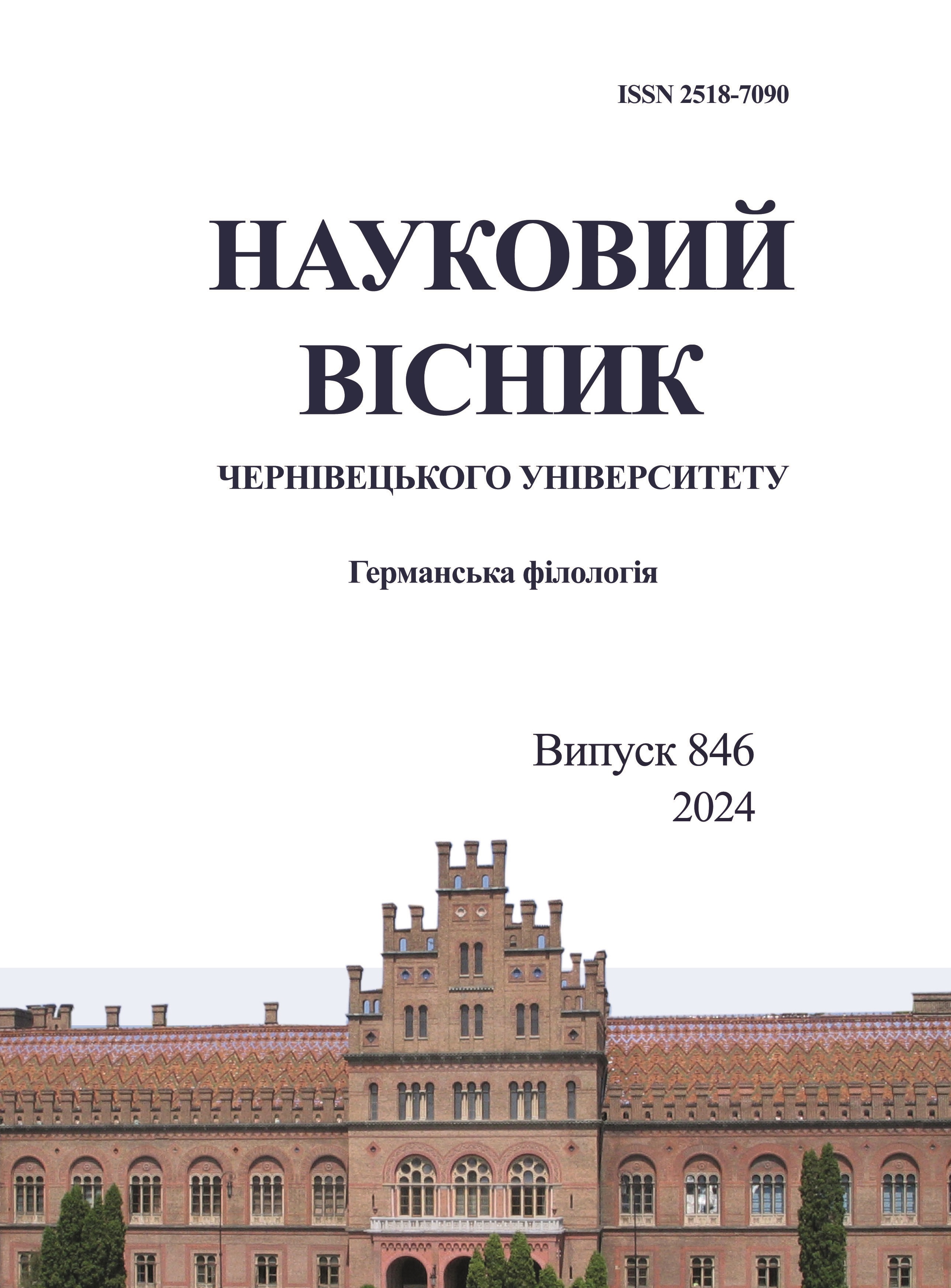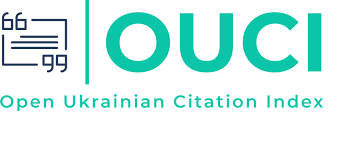ВІДТВОРЕННЯ ДІАЛЕКТНОЇ ТА РОЗМОВНОЇ ЛЕКСИКИ В АНГЛОМОВНОМУ ПЕРЕКЛАДІ ФІЛЬМУ “ПАМФІР”
DOI:
https://doi.org/10.31861/gph2023.846.78-90Ключові слова:
діалектизм, розмовна мова, нейтралізація, компенсація, перекладацькі трансформації, еквівалент, субтитриАнотація
У статті здійснено спробу дослідити способи перекладу на англійську мову діалектної та розмовної лексики, яка вживається в українській кінострічці “Памфір”. Предметом дослідження є перекладацькі прийоми та трансформації, які застосовує перекладач для відтворення діалектного та розмовного мовлення. Методом суцільної вибірки було одержано лексичні одиниці для здійснення аналізу перекладацьких трансформацій. Для досягнення поставленої мети, перш за все, було досліджено погляди науковців на проблему перекладу діалектної лексики та різні способи її передачі з однієї мови на іншу. Це дало змогу встановити, що концепції вчених різняться за своїм спрямуванням – від крайнього бачення нейтралізувати діалектизми у перекладі – до іншої крайньої думки – створити штучний діалектний відповідник. За допомогою описового методу, а також аналізу перекладацьких трансформацій було встановлено прагматичну соціокультурну цінність досліджуваних діалектизмів. Результати дослідження засвідчили, що: 1) серед способів відтворення діалектного і розмовного мовлення в українському та англійському перекладах (у вигляді субтитрів) домінує прийом нейтралізації (55,5% та 79,9% відповідно); 2) перевага саме цього виду трансформації в англійському перекладі безпосередньо зумовлена нейтралізацією українського варіанту, що передає озвучувану форму буковинському діалекту, на якому розмовляють персонажі фільму; 3) прийом нейтралізації будь-якої лексики під час субтитрування може бути пов’язаний із технічними особливостями цього виду кіноперекладу, зокрема необхідністю зберегти відповідність між звуковим та текстовим рядом. Проте це не дає перекладачеві волю користуватися цим прийомом надмірно. Проведене дослідження дало змогу зробити висновок, що найбільш адекватним способом перекладу культурно-специфічної діалектної та розмовної лексики є поєднання методів нейтралізації (у тих випадках, де жодна інша трансформація неможлива) з методом компенсації та пошуком наближеного еквівалента з-поміж діалектів мови перекладу. У статті запропоновано варіанти перекладу буковинських діалектизмів та розмовної лексики для досягнення максимальної адекватності у перекладі.







